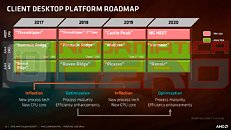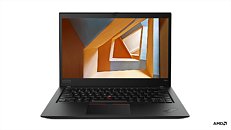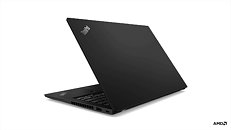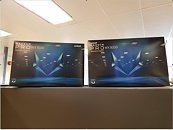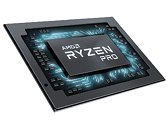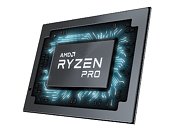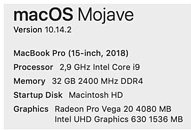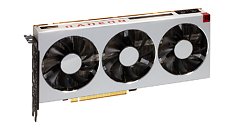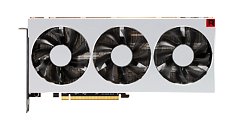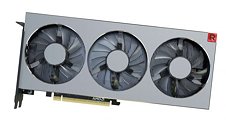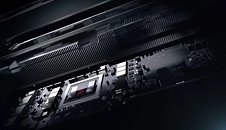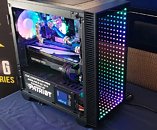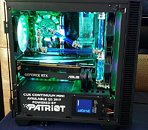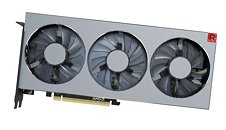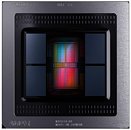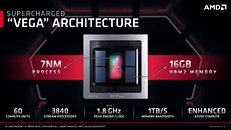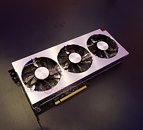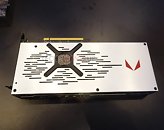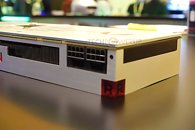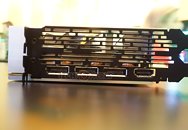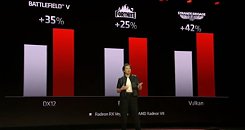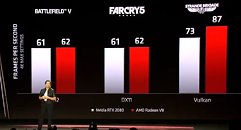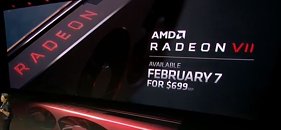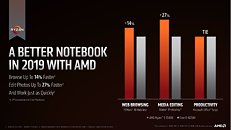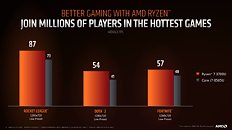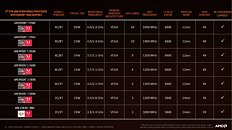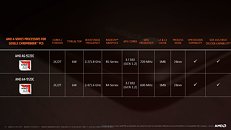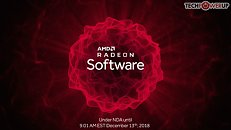
AMD Ryzen "Picasso" APU Clock Speeds Revealed
AMD is giving finishing touches to its Ryzen 3000 "Picasso" family of APUs, and Thai PC enthusiast TUM_APISAK has details on their CPU clock speeds. The Ryzen 3 3200G comes with 3.60 GHz nominal clock-speed and 4.00 GHz maximum Precision Boost frequency; while the Ryzen 5(?) 3400G ships with 3.70 GHz clock speeds along with 4.20 GHz max Precision Boost. The "Picasso" silicon is an optical shrink of the 14 nm "Raven Ridge" silicon to the 12 nm FinFET process at GlobalFoundries, the same one on which AMD builds "Pinnacle Ridge" and "Polaris 30."
Besides the shrink to 12 nm, "Picasso" features upgraded "Zen+" CPU cores that have improved Precision Boost algorithm and faster on-die caches, which contribute to a roughly 3% increase in IPC on "Pinnacle Ridge," but significantly improved multi-threaded performance compared to 1st generation Ryzen. Clock speeds of both the CPU cores and the integrated "Vega" iGPU are expected to increase. Both the 3200G and 3400G see a 100 MHz increase in nominal clock-speed, and 300 MHz increase in boost clocks, over the chips they succeed, the 2200G and 2400G, respectively. The iGPU is rumored to receive a similar 100-200 MHz increase in engine clock.
Besides the shrink to 12 nm, "Picasso" features upgraded "Zen+" CPU cores that have improved Precision Boost algorithm and faster on-die caches, which contribute to a roughly 3% increase in IPC on "Pinnacle Ridge," but significantly improved multi-threaded performance compared to 1st generation Ryzen. Clock speeds of both the CPU cores and the integrated "Vega" iGPU are expected to increase. Both the 3200G and 3400G see a 100 MHz increase in nominal clock-speed, and 300 MHz increase in boost clocks, over the chips they succeed, the 2200G and 2400G, respectively. The iGPU is rumored to receive a similar 100-200 MHz increase in engine clock.
